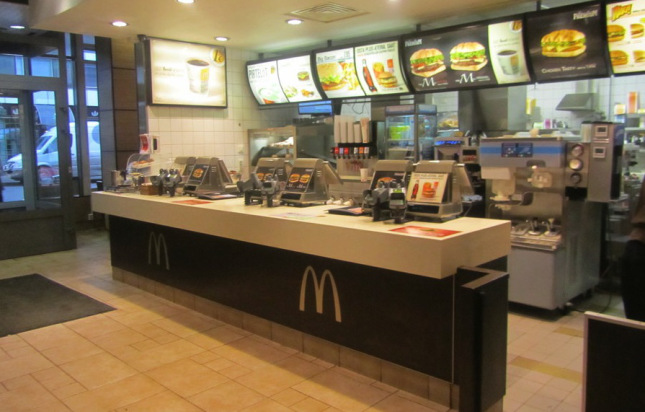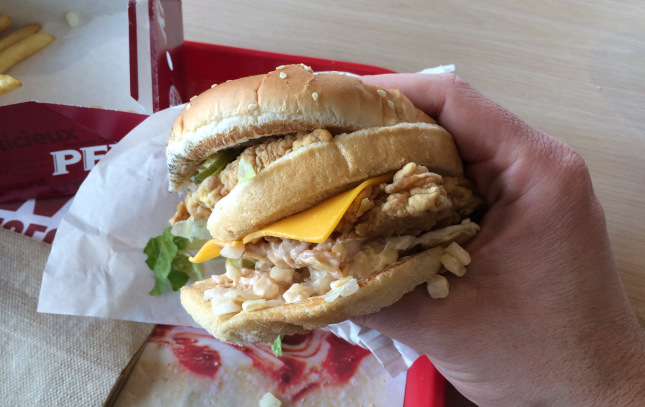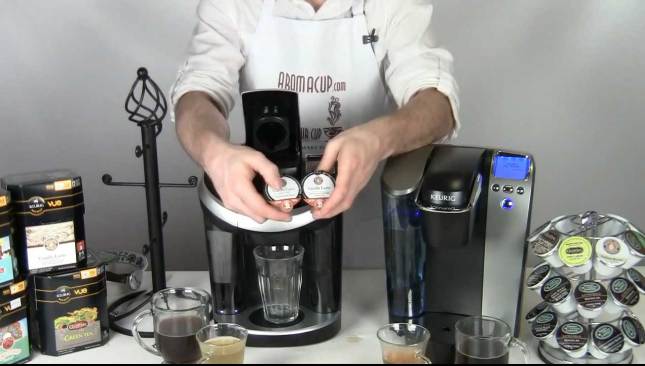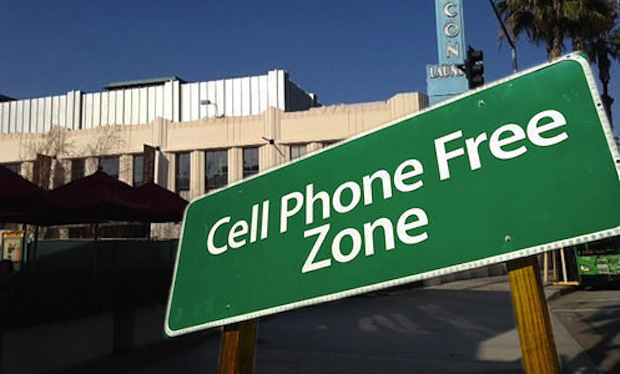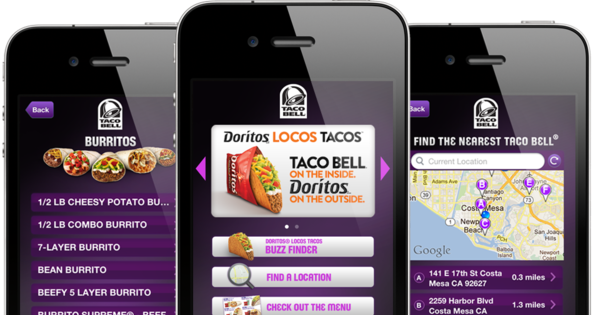I was walking through the Eaton Centre the other day and I couldn’t help but notice how much things have changed over the past few years when it comes to eating options. A new Richtree Natural Market restaurant recently opened in place of an old fast-food court at the southern end of the downtown Toronto shopping mall. That follows the $48 million refurbishment of the northern food court in 2011. In both cases, the respective options have moved decidedly upmarket. While the northern court still houses the likes of A&W and KFC, it also has a number of fancier eateries including gourmet burger and vegan options, while all customers get real plates, glasses and cutlery. Judging from the constant throngs that mob both areas, it’s safe to say that shoppers are generally spending more time and money eating at the mall.
This relates to a story recently sent my way on the “slow death of the microwave.” The author starts his thesis on shaky ground - that microwave sales have fallen 40 per cent since their peak in 2004, and that this means people are eating better - but I’ll be damned if he doesn’t make a compelling case by the end of it.
The plateauing of microwave sales could be readily explained by the simple fact that it’s a mature technology. As with all such gadgets and devices, once everyone has one they don’t usually need another one for a while - and indeed, north of 90 per cent of households do have one. But the most telling statistic to back up the author’s claim is the corresponding flattening or small decline in frozen food sales, which has been happening since 2008 after 60 years of solid growth. That’s like if the current flattening of smartphone sales were to be accompanied by a corresponding drop-off in data usage - it’s not happening because the proliferation of the gadget often leads to the explosion of its usage. Such a strong correlation in microwave food consumption is difficult to ignore.
